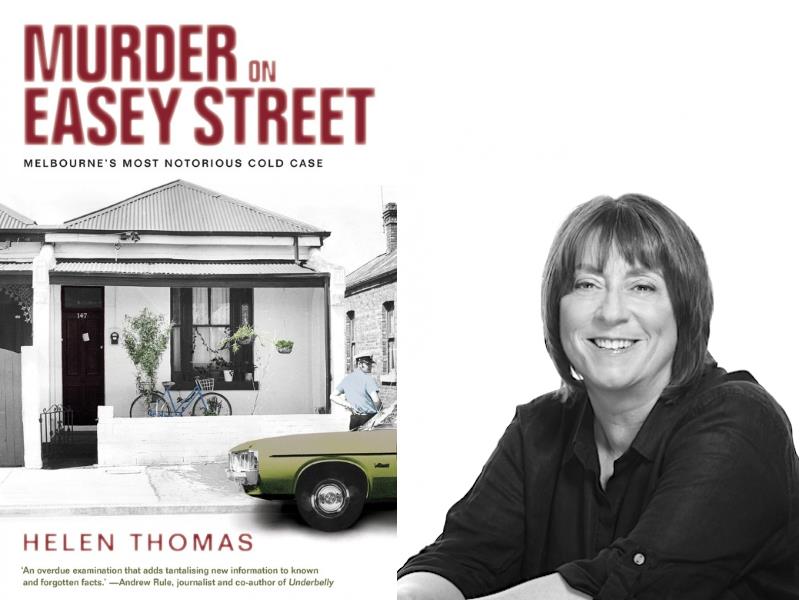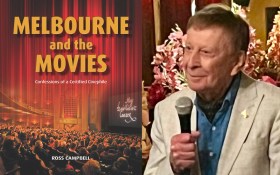Images courtesy of Black Inc.
The human desire for problem-solving manifests itself in many ways. Among the most popular is the urge to discover the perpetrator of a crime – hence the love of detective stories. These include true stories that have become cold cases – a term used to describe crimes where the offender has eluded identification and there appear to be no further clues that could lead to identifying the perpetrator. It is one of Melbourne’s most important of these cold cases that Helen Thomas has decided to explore in Murder on Easey Street.
In January 1977, two young women – Suzanne Armstrong and Susan Bartlett – were brutally murdered in their home at 147 Easey Street, Collingwood. Between them they suffered 82 stab wounds. Suzanne’s 18-month-old son, Greg, who was asleep in the house at the time, was left unharmed. It is possible that the murderer was unaware of his existence. It is possible there was more than one murderer.
At the time of this crime, Thomas was a cub reporter for the Age newspaper. Now, 42 years later, as an experienced journalist with the ABC, Thomas has researched and documented in considerable detail what she has been able to find out about this event and the unsuccessful police efforts to find a culprit. Thomas lists her sources of information in the end notes of Murder on Easey Street and mentions that despite ‘repeated requests over the past eighteen months, Victoria Police refused to discuss the Easey Street murders for this book.’
The book’s chapter headings indicate the orderly way in which Thomas reveals the history of this case. Chapter 1, ‘The Move’, gives a brief history of the two young women and how they came to rent 147 Easey Street. The second chapter describes ‘The Murders’ and the third chapter, ‘The Neighbours’. A later chapter takes a second look at what the neighbours may have seen. The chapter headed ‘The Detectives’ deals with the arrival of the police at the crime scene and how they handled it, followed in orderly progression by ‘The Examiners’, ‘The Families’, ‘The “Visitors”’, and subjects such as witnesses, newspaper reports and the use of mediums. Chapter 13 is headed ‘The Book’ and deals with Tom Prior’s 1996 publication titled They Trusted Men: The Untold Story of the Easey Street Murders. Thomas convincingly critiques Prior’s book for his frequent references to Suzanne and Susan’s appearance and for characterising them as women with a number of boyfriends, thereby reinforcing a ‘blame the victim’ attitude that may also have influenced the initial police investigation.
At the time Prior wrote his book, DNA testing was not yet available. Fortunately, samples of seminal fluid were collected from the crime scene and preserved, so that DNA could eventually be used to identify suspects. Surprisingly, though, the DNA testing cleared all the known suspects, including the main suspect unearthed by Prior.
It is interesting to speculate on what prompted Thomas to write Murder on Easey Street. If the purpose was to document all publicly available information in an unbiased manner then she has succeeded. If the purpose was to present new evidence, though, it has failed to produce any that can be acted upon. But if the aim was to look at available evidence from an unbiased and fresh point of view then Thomas has achieved what was arguably her goal. Reading between the lines of this well documented event, much can be inferred.
3.5 stars out of 5 ★★★☆
Murder on Easey Street: Melbourne’s Most Notorious Cold Case by Helen Thomas
Imprint: Nero
ISBN: 9781760640040
Format: Paperback
Pages: 272
Release Date: 1 March 2019
RRP: $32.99





